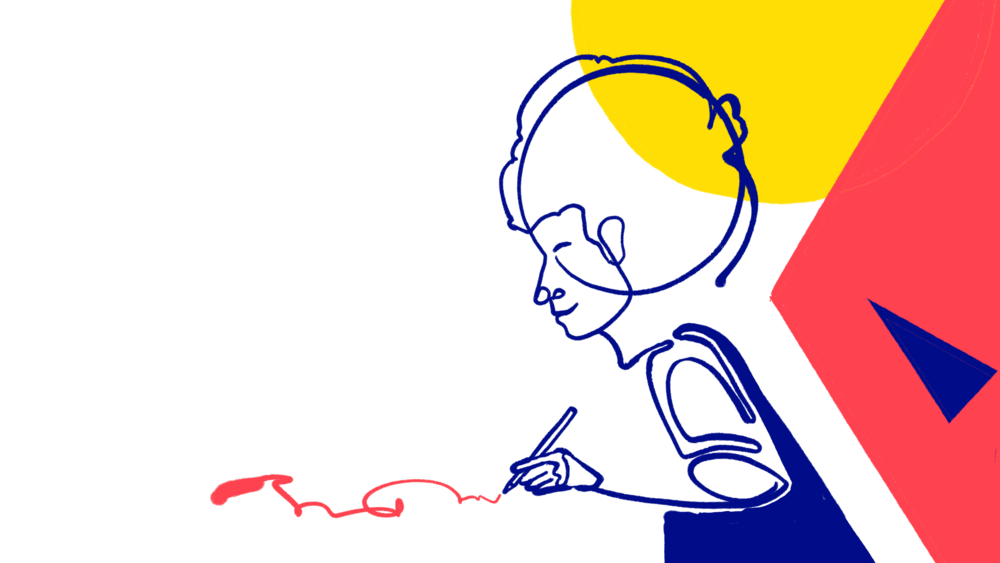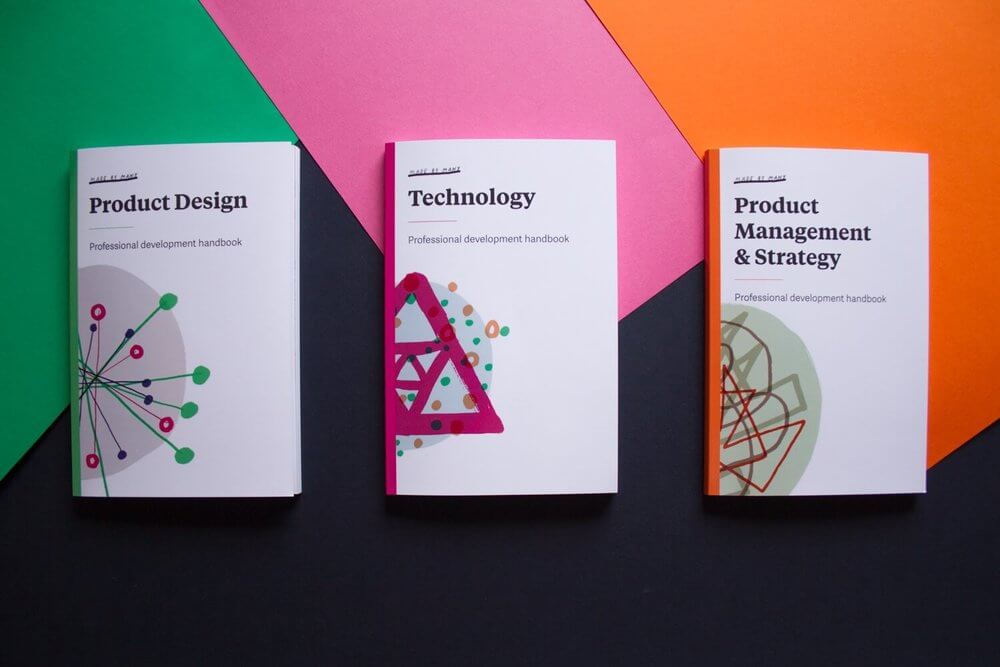D&AD New Blood AcademyThe ultimate design and advertising training experience, D&AD New Blood Academy is an exclusive, creative boot camp for New Blood Pencil winners making the transition from education to industry. Partnering with WPP, New Blood Academy is dedicated to finding new and diverse talent: nurturing, equipping and guiding young creatives into their future careers.
Paper prototyping with 50 new bloods
 New Blood in action
New Blood in action
An oyster card for crossing borders, a digital picture frame that syncs with local art museums, and an airline that takes destination requests mid-flight. Fantastical ideas, but the making was real. This week Spencer Wilton, Charlotte Hillenbrand and myself ran an intensive paper-prototyping workshop with 50 young creatives at the D&AD New Blood Academy.
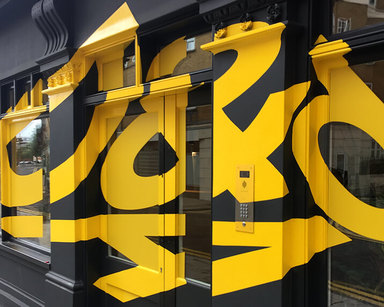
Our mission was to challenge the way these 50 pencil winners approach creative briefs by training them to make prototypes and test ideas early. The workshop was as rapid as prototyping gets — we had under 3 hours to get from rough sketches to tested concepts. Here’s how we did it.
Hats!

Everyone knows what they look like, but do they imagine the same style? We focussed first on quantity, not quality, of sketches by drawing as many hats as we could in one minute.
Rough sketches

Like Harry Potter, we let a hat choose our destiny. We chose three sketching briefs from said hat and got the participants to work through one at a time.

Again the focus was on quantity not quality, but we did want to see visual sketches, not words on a page. We used the mountain of ideas produced by each table as the building blocks for a more developed concept.
Sketches to concept

We taught the basics of synthesis — a method for combining ideas to create new concepts.
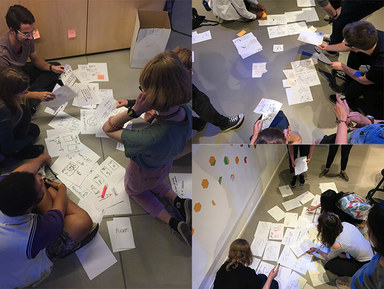
‘Concept capture’ sheets helped the participants flesh out their clustered ideas further. We got them to answer simple questions like ‘who is this product for?’, and 'in what context will your product be used?'.
Concept to prototype
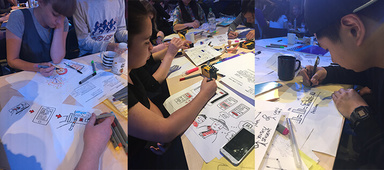
After a crash course in what makes a good sketch, we turned concepts into high fidelity sketches. These sketches, or paper prototypes, are perfect for testing ideas quickly and without much effort. They have the benefit of looking disposable, meaning the viewer can focus on the quality of the idea, not the execution of design.
Testing
The New Bloods still have energy and appear to be smiling in most cases...

We finished by teaching them how to ask the right questions to learn from their paper prototypes. Alas, we could not test with real users, but our New Bloods got a taste of sharing their ideas with others at an early stage.
—
We loved seeing young creatives putting so much effort into a process that was new to them. They produced 50 brilliant concepts — many taking pride in what they had made and tested, and some learning that they may have some refinement to do.
After testing pizza arrived to refuel creative brains before their next workshop. Well deserved. 👏

Exhausted and jealous of the New Bloods, we also went to get some pizza.
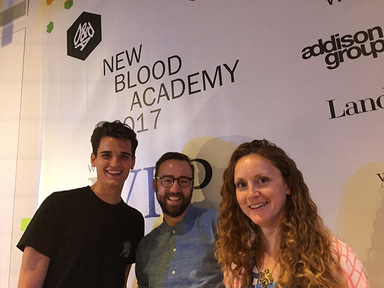
If you would like to partner with Made by Many to run a similar workshop, please get in touch here.
Continue reading
On not-knowing
Out of all the advice I’ve been given over the years there’s one that has been by far the most valuable.
How to run a sketch session
Introducing the Made by Many professional development programme
Made by Many has been practising digital product development for ten years (and more if you count our combined experience at previous companies). A common...

